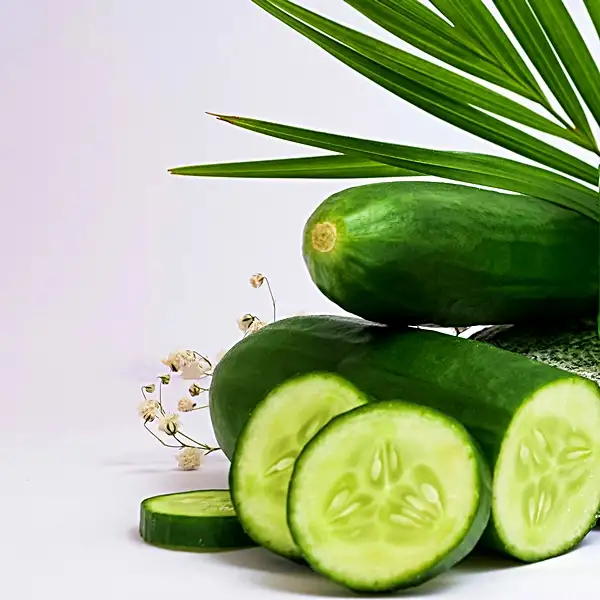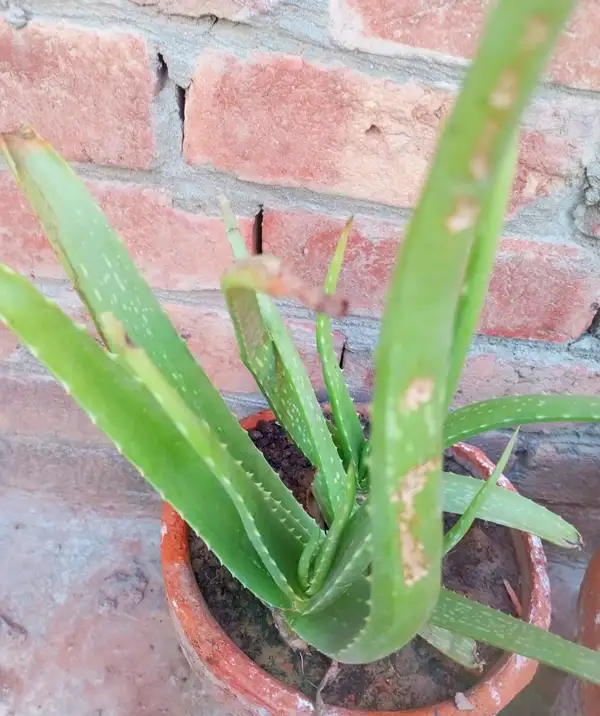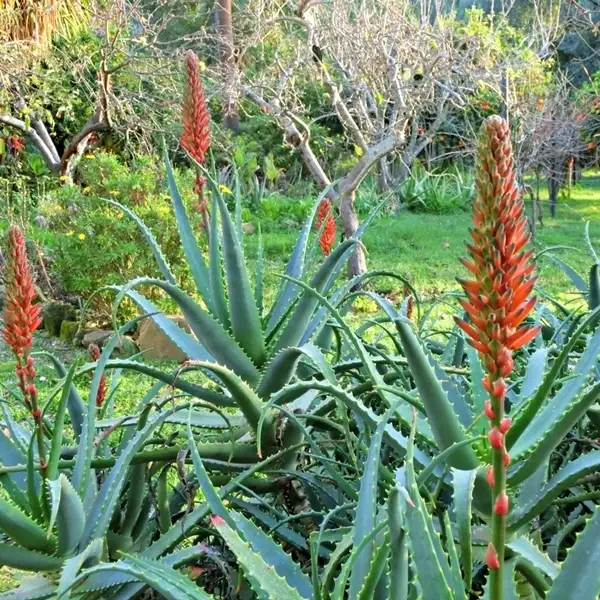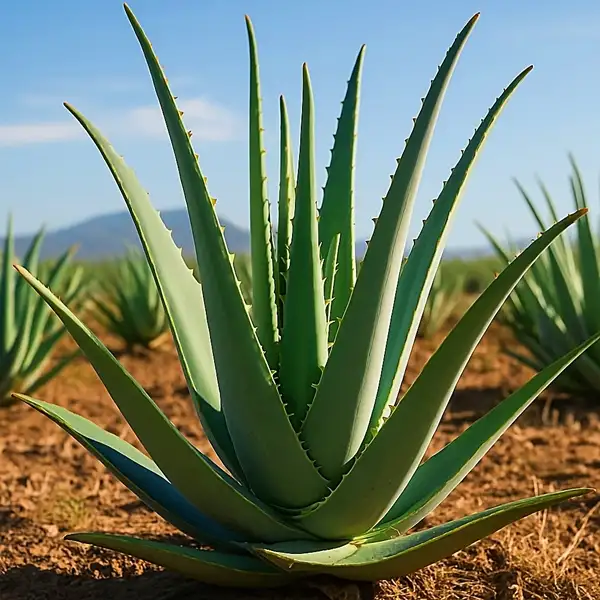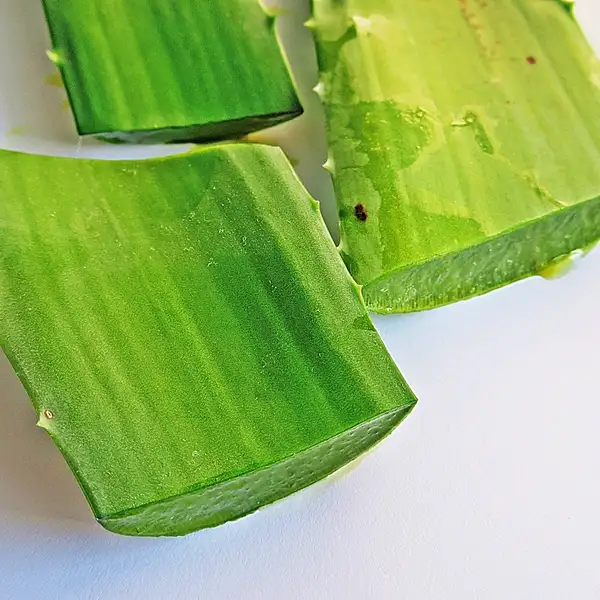Key Takeaways
| Key Takeaway | Description |
|---|---|
| Aloe Vera’s Nutritional Value | Uncover the surprising nutritional wealth hidden within aloe vera, including vitamins & essential amino acids. |
| Edibility of Aloe Vera | Can you eat Aloe vera? Learn which parts of the aloe vera plant are safe to eat & the ones you should avoid. |
| Health Benefits | Discover how consuming aloe vera can improve your health in unexpected ways. |
| Creative Ways to Use Aloe Vera | Find out how to add aloe vera to your diet with simple, creative recipes that are both healthy and delicious. |
| Safety and Risks | Understand the potential risks & how to safely include aloe vera in your routine. |
The Nutritional Value of Aloe Vera
In childhood, I watched my grandmother using aloe vera for almost everything – soothing burns, healing wounds or even as a secret ingredient in her homemade remedies. She often whispered about its hidden powers. So one day I dared to ask: Grandma! Can you eat aloe vera?
That curiosity led me down a fascinating path of research & experimentation, eventually culminating in my discussions with herbal experts & nutritionists who shared remarkable insights into its edibility.
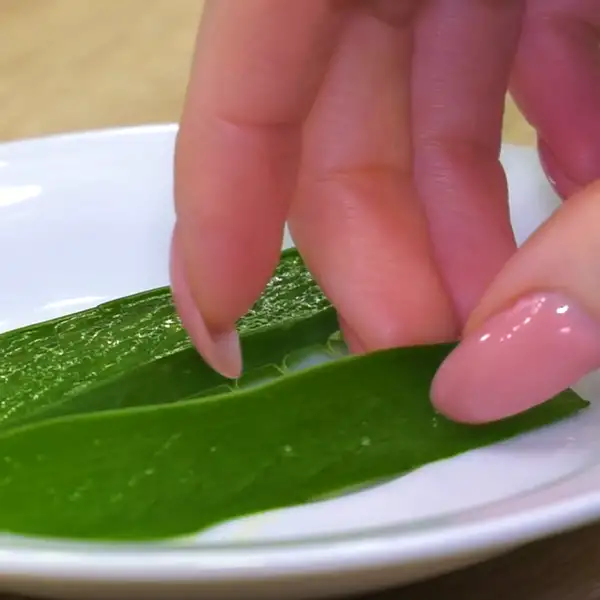
Aloe vera has long been touted for its multifaceted health advantages & uses in skincare routines. But peeling back the layers uncovers a vault of nutritional wealth that has often been overlooked.
Equally significant, though often overlooked, is its storehouse of 20 out of 22 essential amino acids, including seven that the human body cannot produce on its own.
| Nutrient | Amount per 100g | % Daily Value |
|---|---|---|
| Calories | 15 kcal | 1% |
| Water | 96% | – |
| Carbohydrates | 3.5 g | 1% |
| Fiber | 0.5 g | 2% |
| Sugars | 0.5 g | – |
| Proteins | 0.4 g | – |
| Fats | 0.1 g | – |
| Vitamins | ||
| Vitamin A | 0 IU | 0% |
| Vitamin C | 8 mg | 13% |
| Vitamin E | 0.1 mg | 1% |
| Folate (B9) | 3 µg | 1% |
| Minerals | ||
| Calcium | 16 mg | 2% |
| Magnesium | 8 mg | 2% |
| Potassium | 42 mg | 1% |
| Sodium | 1 mg | 0% |
| Zinc | 0.1 mg | 1% |
| Chromium | – | – |
| Copper | – | – |
| Selenium | – | – |
| Amino Acids | ||
| Alanine | 0.1 g | – |
| Arginine | 0.1 g | – |
| Aspartic Acid | 0.1 g | – |
| Glutamic Acid | 0.1 g | – |
| Glycine | 0.1 g | – |
| Proline | 0.1 g | – |
| Serine | 0.1 g | – |
| Other Characteristics | ||
| Vitamin B12 | Present (unique among plants) | – |
| Acemannan | Tasteless mucopolysaccharide with antiviral properties | – |
| Natural Antiseptics | Inhibits bacterial growth | – |
*Daily Value percentages are based on a 2000 calorie diet and represent how much a nutrient in a 100g serving contributes to daily nutrition. Some nutrients listed (like Vitamin B12, Acemannan, and amino acids) may not have a daily value percentage established, as they are unique or not commonly listed in standard dietary guidelines.
Debunking Myths: Is Aloe Vera Edible?
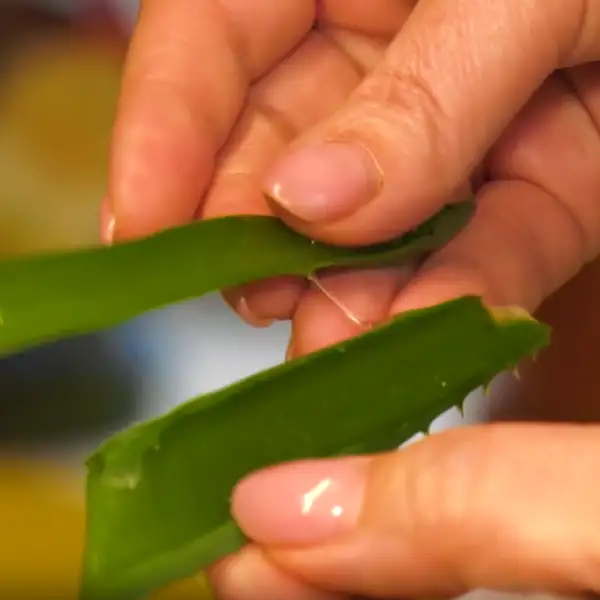
Despite vast evidence supporting its external use on skin & hair, uncertainty remains about whether aloe vera is edible. The answer is not a simple yes or no, as different parts of this plant have varying characteristics, ranging from highly beneficial to mildly toxic.
At first sight, you’re greeted by the spiked outer leafy layer, which is loaded with aloin—herein lies the trouble!
Aloin
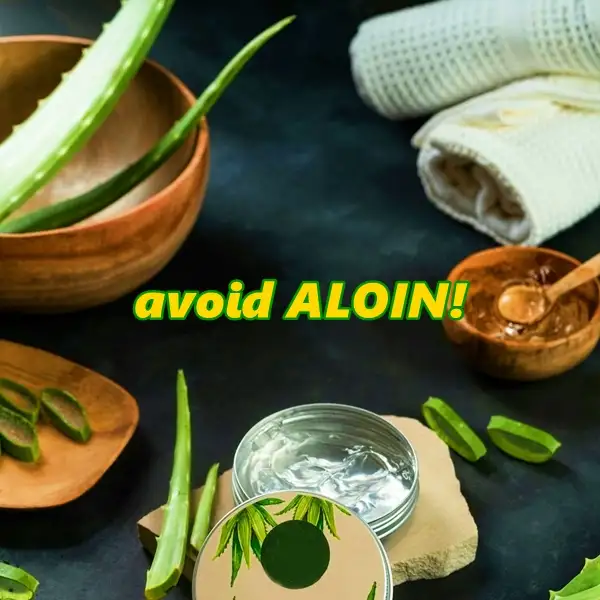
Aloin has laxative effects & if consumed excessively, it can lead to stomach cramps & diarrhea eventually disrupting the body’s electrolyte balance.
Aloe Vera Gel
Nevertheless, once this shell-like exterior is removed, what awaits inside is the clear gel that is an eminently edible substance. Its congealed viscosity, combined with high water content makes it both hydrating & beneficial for boosting metabolism.
5 Health Benefits of Consuming Aloe Vera
Health rewards for consuming aloe vera gel are varied and well-documented.
| Health Benefit | Description |
|---|---|
| Boosts Immunity | Its antioxidants help neutralize harmful free radicals, strengthening immune system 💪 |
| Improves Digestion | Aloe vera’s enzymes aid in breakdown of sugars & fats, supporting better digestion 🍽️ |
| Supports Cardiovascular Health | Regular consumption of aloe vera juice can improve heart health by reducing total fat levels & cholesterol ❤️ |
| Regulates Blood Sugar | Aloe vera can help balance blood sugar, making it beneficial for individuals with diabetes 🩸 |
| Reduces Symptoms of Anxiety | Aloe vera’s calming properties may help reduce symptoms of anxiety & improve memory recall 🧘 |
Choosing and Preparing Edible Parts of Aloe Vera
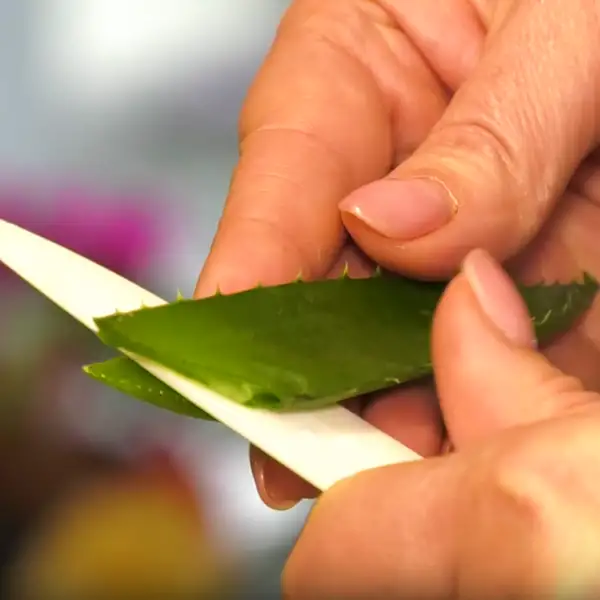
When attempting to consume aloe vera, correctness in choice & preparation remains critical.
Originating from leaf powder is aloin – an unsafe compound if ingested serving risks like abdominal cramps and diarrhea; therefore, stick exclusively to the internal gel of the leaves after discarding the green outer layer and any remaining yellowish latex, where the majority of aloin is concentrated.
How To Prepare Aloe Vera Gel to Eat
- Preparation involves cutting open identified portion horizontally, then spooning out transparent, viscous gel inside – carefully avoiding the yellowish, gooey resin beneath the leaf’s surface.
- This harvested gel can then be blended into a smoothie or juice. Make sure no large pieces remain as they could pose a choking hazard during consumption.
4 Side Effects of Eating Aloe Vera
| Risk or Side Effect | Description |
|---|---|
| Excessive Laxative Effects | Consuming too much aloe vera can cause stomach cramps, diarrhea & electrolyte imbalance. 🚫 |
| Pregnancy & Lactation | Pregnant women & breastfeeding mothers should avoid aloe vera to prevent potential uterine contractions. 🤰 |
| Medication Interactions | Aloe vera may interfere with certain medications by affecting their absorption in body. 💊 |
| Kidney Issues | Excessive aloe vera intake may lead to kidney complications in some individuals. 💧 |
3 Creative Ways to Incorporate Aloe Vera into Your Diet
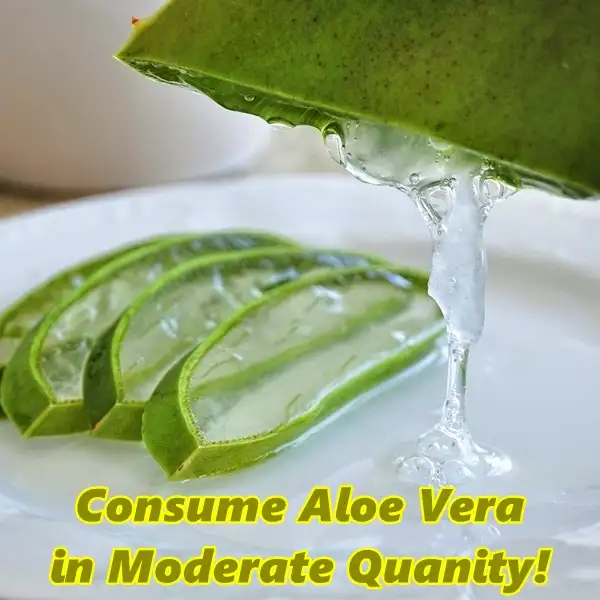
| Use | Description |
|---|---|
| Smoothies & Juices | Blend aloe vera gel into smoothies or juices for a hydrating boost & mild flavor. 🥤 |
| Homemade Aloe vera Jelly | Mix gel with fruit juice & create a healthy homemade jelly. 🍇 |
| Aloe vera as a Bread Spread | Spread aloe vera gel on bread as a nutritious alternative to butter or jam. 🍞 |
Aloe Vera is a Bountiful Gift
In conclusion, when prepared correctly and consumed in moderation, rather than being feared, eating aloe vera certainly deserves exploration, given the rich bouquet of health benefits it offers.
Weaving safety threads carefully within conscious dietary patterns ensures we fully realize all the bountiful gifts Mother Nature lays out before us in the form of this wondrous succulent plant—Aloe Vera!
Frequently Asked Questions
Can I eat aloe vera raw?
Yes! You can eat raw aloe vera after removing outer green layer & yellowish latex. The clear gel inside is edible & offers health benefits.
What does aloe vera taste like?
Its gel has a mild & slightly bitter taste but is mostly neutral. Blending it into smoothies or juices masks its flavor.
What are the side effects of eating aloe vera?
Excessive consumption may cause stomach cramps, diarrhea & electrolyte imbalances. Pregnant women & lactating mothers should avoid it.


